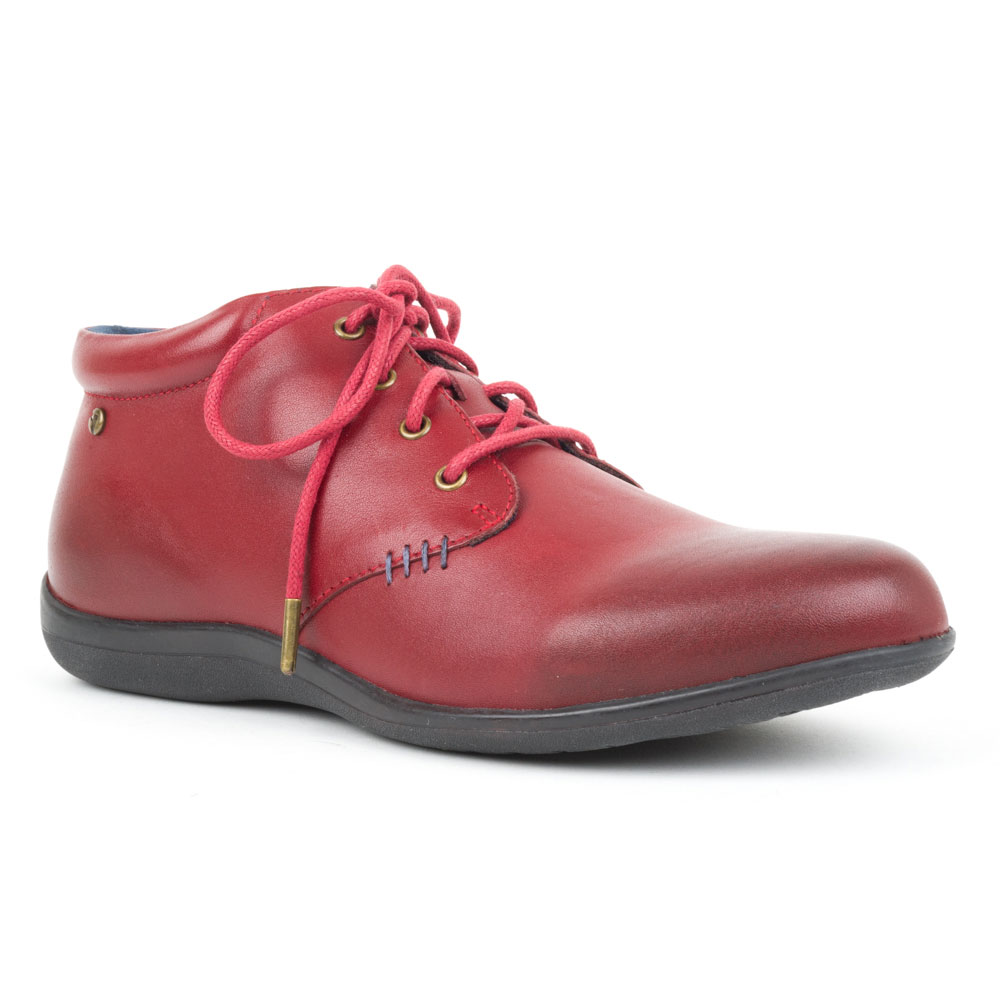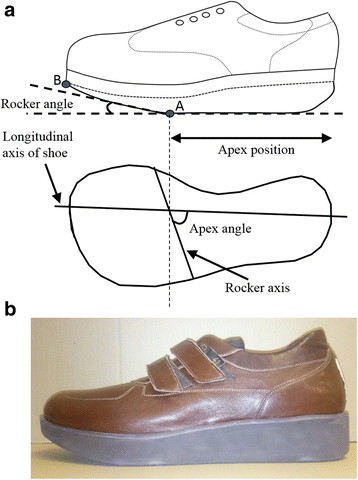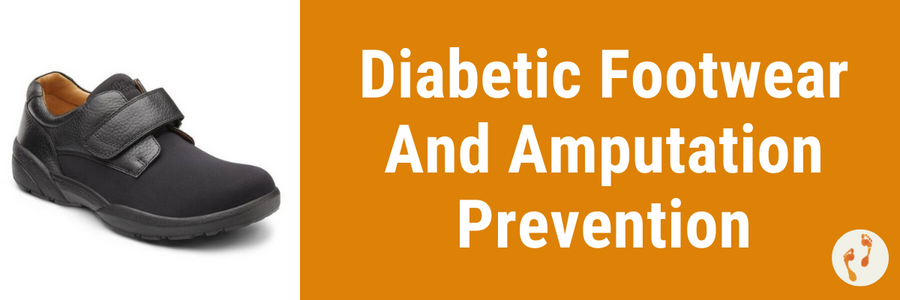
12 Jul Diabetic Footwear And Amputation Prevention
Living with diabetes can put you at risk of a range of health complications, including foot ulcers and in some cases, foot or leg amputations, which can have significant impacts on your mobility, independence, and overall quality of life. The good news, however, is that working alongside a qualified podiatrist can reduce your risk of foot deformities and health complications, including amputations by more than 50%.
It’s now recommended that all diabetic patients be supported by podiatrists, who can prevent amputations through regular foot examinations, identifying biomechanical faults, regularly treating calluses, prescribing supportive braces and orthotics, and most importantly, recommending appropriate footwear.
At Masterton Foot Clinic, we have extensive experience in treating those with diabetes – up to 15% of our patients are diabetic. Here we’ll take a look at how helping you to wear diabetic shoes can greatly reduce your risk of preventing foot conditions and amputations.
Why Do I Need To Wear Diabetic Shoes?
We all wear different and specialised shoes to suit our different activities and needs in life: joggers wear shoes made for running, ballerinas wear shoes to dance, and tennis players wear shoes to play their sport. Diabetic shoes are no different – they are specifically designed to protect your feet against pressures that can trigger a breakdown in your skin which can develop into sores and ulcers and lead to amputations.
Diabetes accounts for up to 60% of all lower-leg amputations, and across the world, it is estimated that every 30 seconds a leg is amputated. Many people living with diabetes are at high risk of developing wounds to their feet, because of reduced blood circulation and nerve damage, meaning the nerves struggle to sense damage to the feet at all, and the body is not able to heal the damage effectively. This means that problems are often not felt and therefore not treated, and minor sores can grow into wounds and ulcers without you even realising it. These wounds can become infected and lead to complications, including amputation.

How Do Diabetic Shoes Protect My Feet?
Shoes designed especially for diabetics provide comfort as well as protection, preventing ulcers, foot strains and calluses:
- The interior is made from soft seamless materials without stitching, to reduce any irritation from rubbing your foot against the shoe as you move.
- The shoe box is generous and spacious to allow extra room for your toes, which is particularly important when you have other conditions such as bunions or hammertoes.
- The shoe box is also rigid and protective to prevent toes from being injured when stubbed
- Diabetic shoes are extra deep to accommodate custom orthotic insoles, providing greater support and distribution of your weight away from pressure points
- The heel counter is firm to provide stability on the sides of the rearfoot
- There is a padded collar around the ankle with a thick soft tongue to help secure the back of the foot
- A non-skid sole to help prevent falls
- An insole made of fabric that prevents sheering, or back and forth movement and sliding within the shoe
- The rocking point of the shoe, or the location where the shoe rocks forward so that the body can pass over it, is located at the correct point, to make movements smooth and reduce the risk of pressure ulcers.
As well as this, your podiatrist can help you to find the best insoles and socks to support your feet and encourage effective blood flow. Specialised diabetic shoes can help maintain healthy feet and prevent amputations. At Masterton Foot Clinic, we will work with you to find an option that best fits your needs.
References & More information
- https://jfootankleres.biomedcentral.com/articles/10.1186/s13047-017-0208-3
- https://www.thieme-connect.com/products/ejournals/html/10.1055/s-0028-1112149
- https://www.magonlinelibrary.com/doi/abs/10.12968/jowc.2008.17.12.31764
- https://www.sciencedirect.com/science/article/pii/S0741521410009018
- https://europepmc.org/article/med/10839671
- https://www.ajmc.com/view/increasing-awareness-this-national-diabetes-month-can-save-limbs-and-lives



